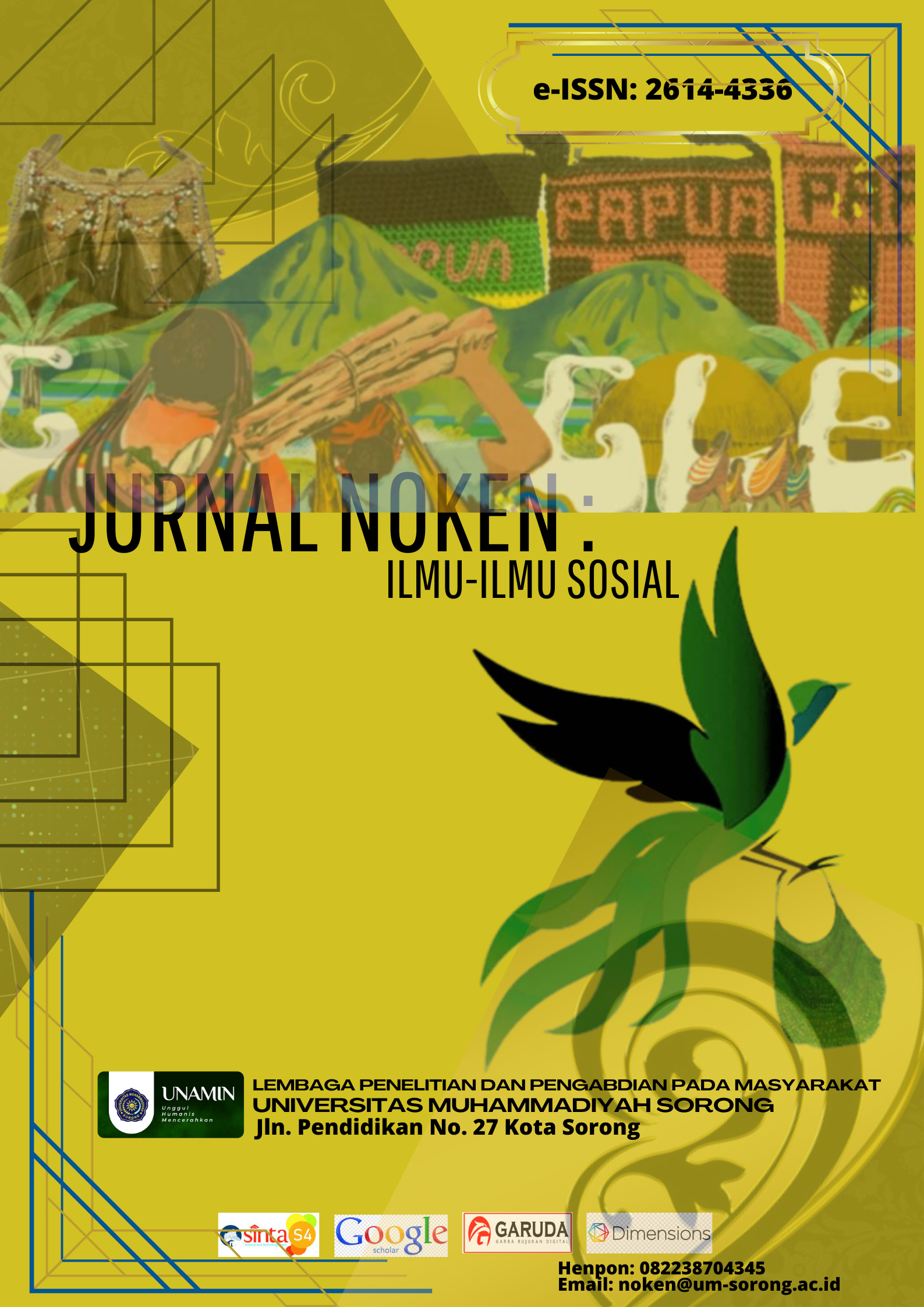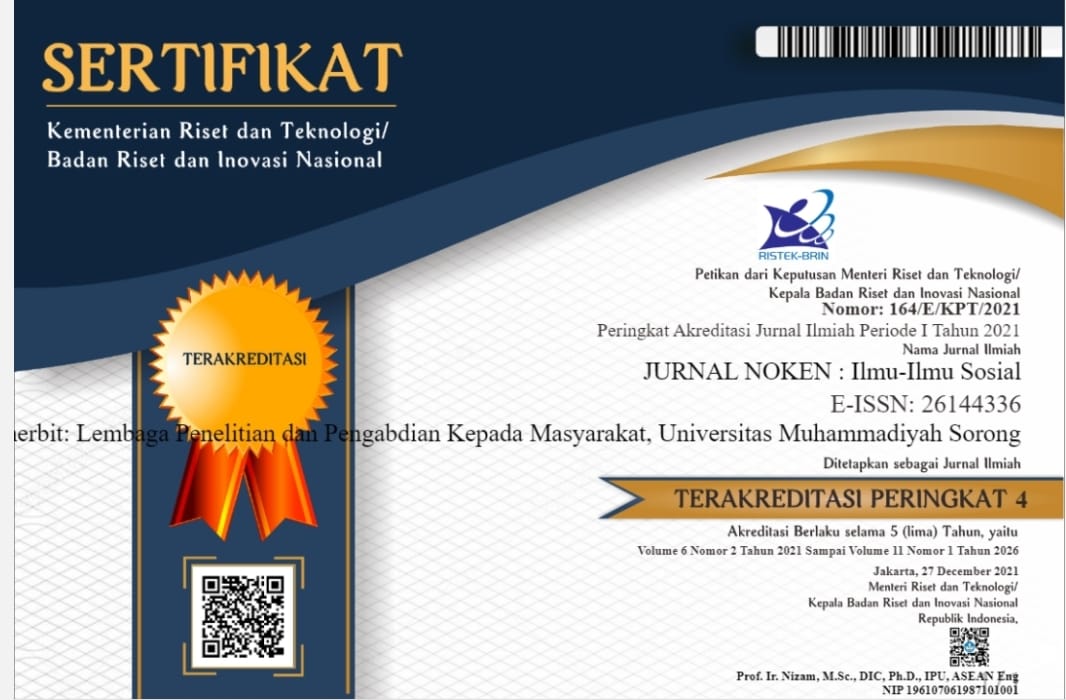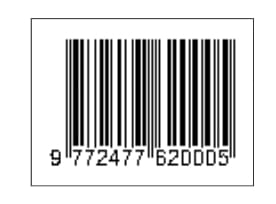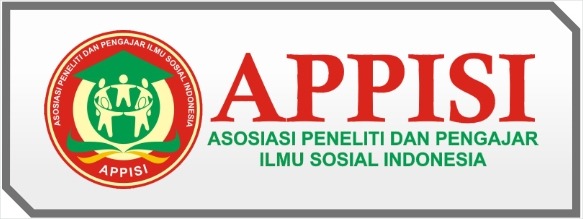Analisis Proses Pemecahan Masalah Geometri Berdasarkan Teori Van Hiele di Sekolah Menengah Atas
DOI:
https://doi.org/10.33506/jn.v2i1.24Abstract
This study aims to explore and describe the process of problem solving geometry reach the level of visualization, analysis and informal deduction based on the Van Hiele theory. This type of research is descriptive explorative and qualitative approach. Subject of the study was obtained from the high school students who were tested on the level of Van Hiele geometry. Each level of visualization, analysis and informal deduction taken two learners who can communicate well. The results of this study indicate that solving problems in geometry learners who attained think visualization is to identify problems and set goals using the language question. Troubleshooting on the geometry of learners who attained think the analysis is through fifth troubleshooting step IDEAL using their own language, but less systematic. Troubleshooting on the geometry of students who reach a level of thinking is through the informal deduction fifth troubleshooting step IDEAL by systematically using their own language.References
Abdullah, A. H & Zakaria, E. (2013). Enhancing Students’ Level of Geometric Thinking Through Van Hiele’s Phase-based Learning. Indian Journal of Science and Technology. Vol. 6, No. 5
Abu, M. S. & Abidin, Z. Z. (2013). Improving the Levels of Geometric Thinking of Secondary School Students Using Geometry Learning Video based on Van Hiele Theory. International Journal of Evaluation and Research in Education (IJERE). Vol. 2, No. 1
Alex, J. K. & Mammen, J. (2012). A Survey of South African Grade 10 Learners’ Geometric Thinking Levels in Terms of the Van Hiele Theory. Anthropologist. Vol. 14. No. 2
Al-Migdady, A. M. (2014). Skilled-Unskilled mathematical Problem Solvers: Jordanian-Students' Differences in Solving Geometrical Problems. European Scientific Journal. Vol. 10, No. 25
AydoÄŸdu, M. Z & KeÅŸan, C. (2014). A Research On Geometry Problem Solving Strategies Used By Elementary Mathematics Teacher Candidates. Journal of Educational and Instructional Studies. Vol. 4, No. 1
Bahmaei, F. (2011). Mathematical modelling in primary school, advantages and challenges. Journal of Mathematical Modelling and Application. Vol.1, No. 9
Balitbang. (2012). Daya Serap Ujian Nasional Tahun 2012
Breyfogle, M. L. & Lynch, C. M. (2010). To Analyze Students’ Geometric Thinking,Use Both Formative and Summative Assessments and Move Students along the Van Hiele Model of Thought. Mathematicas Teaching in the Middle School. Vol. 16. No. 4
Kartono. (2013). Disain Asesmen Kemampuan Pemecahan Masalah Matematika Berorientasi pada PISA dengan Strategi Ideal Problem Solver. Prosiding Seminar Nasional Evaluasi Pendidikan Tahun 2013
Khoiriyah, N, et al. (2013). Analisis Tingkat Berpikir Siswa Berdasarkan Teori Van Hiele Pada Materi Dimensi Tiga Ditinjau Dari Gaya Kognitif Field Dependent dan Field Independent. Jurnal Pendidikan Matematika Solusi. Vol. 1, No. 1
Kutluca, T. (2013). The Effect Of Geometry Instruction with Dynamic Geometry Software; Geogebra on Van Hiele Geometry Understanding Levels of Students. Academic Journals. Vol. 8. No. 17
Mohamed, L & Waheed, H. (2011). Secondary Students’ Attitude towards Mathematics in a Selected School of Maldives. International Journal of Humanities and Social Science. Vol. 1, No. 15
Muhassanah, N, et al. (2014). Analisis Keterampilan Geometri Siswa dalam Memecahkan Masalah Geometri Berdasarkan Tingkat Berpikir Van Hiele. Journal Elektronik Pembelajaran Matematika. Vol. 2, No. 1
NCTM. (2010). A Research on Geometry Problem Solving Strategies Used by Elementary Mathematics Teacher Candidates
Özerem, A. (2012). Misconceptions In Geometry And Suggested Solutions For Seventh Grade Students. International Journal of New Trends in Arts, Sport & Science Education. Vol. 1, No. 4
Patsiomitou, S. & Emvalotis, A. (2010). Students Movement Through Van Hiele Levels in a Dynamic Geometry Guided Reinvention Process. Journal of Mathematics and Technology.
Pinar, A. (2014). Predictor Variables For Primary School Students Related To Van Hiele Geometric Thinking. Journal of Theory and Practice in Education. Vol. 10, No.1
Prasetya, A. & Widodo, K. (2012). Model Ideal Problem Solving untuk Pencapaian Kemampuan Pemecahan Masalah di Kelas Olimpiade. Lembaran Ilmu Kependidikan. Vol. 41. No. 1
Purnomo, E. A. & Mawarsari, V. D. (2014). Peningkatan Kemampuan Pemecahan Masalah Melalui Model Pembelajaran Ideal Problem Solving Berbasis Project Based Learning. JKPM. Vol. 1, No. 1
Rofiah, S, et al. (2013). Penyusunan Instrumen Tes Kemampuan Berpikir Tingkat Tinggi Fisika pada Siswa SMP. Jurnal Pendidikan Fisika. Vol. 13, N0. 2
Saragih, S & Habeahan, W. L. (2014). The Improving of Problem Solving Ability and Students’Creativity Mathematical by Using Problem Based Learning in SMP Negeri 2 Siantar. Journal of Education and Practice. Vol. 5, No. 35
Sugiyanto & Priyono. (2013). Pengaruh Metode Pembelajaran Pemecahan Masalah, Retensi Belajar, dan Motivasi Belajar terhadap Hasil Belajar Siswa SMK. Teknologi dan Kejuruan. Vol. 36, No. 1
Susiana, E. (2010). IDEAL Problem Solving dalam Pembelajaran Matematika. Jurnal Matematika Kreatif-Inovatif. Vol. 1, No. 2
Usiskin, Z. (1982). Van Hiele Levels and Achievement in Secondary School Geometry. Chicago: Kimbark Avenue
Vojkuvkova, I. (2012). The van Hiele Model of Geometric Thinking. WDS’12 Proceedings of Contributed Papers










